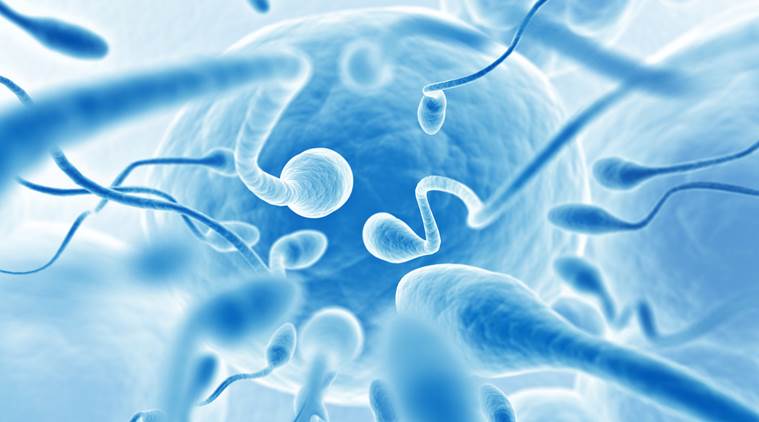Human Sperm and Algae Break Newton’s Third Law of Motion
Newton’s third law of motion, stating “For every action, there is an equal and opposite reaction,” is a fundamental concept in physics. However, scientists have uncovered a fascinating exception to this law within the realm of biological swimmers, particularly human sperm. In a recent study, researchers found that sperm can swim by deforming their bodies in a manner that doesn’t generate a reaction from their surroundings, challenging Newton’s law.
Challenging Newton’s Law
To arrive at this groundbreaking conclusion, scientists examined data on human sperm cells and Chlamydomonas algae. These investigations aimed to identify instances of non-reciprocal mechanical interactions that defy Newton’s third law, which the researchers referred to as “odd elasticity.”
Flagella in Action
Both sperm cells and Chlamydomonas algae employ hair-like appendages known as flagella to facilitate movement. These flagella extend from the cells and resemble tails, enabling the cells to change shape in response to the surrounding fluid. Importantly, they do so in a non-reciprocal manner, which goes against Newton’s third law because they don’t trigger an equal and opposite reaction from their environment.
Odd Elasticity’s Role
While the elasticity of the flagellum alone doesn’t completely explain how the cell moves, the concept of odd elasticity plays a crucial role. Odd elasticity allows cells to manipulate their flagella with minimal energy expenditure in their surroundings, which would typically hinder their mobility.
Improving Mobility
The study found that the ability of a flagellum to wave without significant energy loss increases with the cell’s odd elasticity score or odd elastic modulus. This enhanced ability defies the laws of physics and empowers the cell to move more efficiently. It’s worth noting that flagella are not unique to sperm and algae, suggesting that other rule-breaking cells or organisms may exist.
Potential Applications
Understanding and categorizing cells or organisms capable of non-reciprocal movement could have practical applications. For instance, the study suggests that this knowledge could inform the design of small, elastic robots capable of violating Newton’s third law. This approach has potential for future technological advancements.
Month: Current Affairs - October, 2023
Category: Science & Technology Current Affairs



Mudassar
October 27, 2023 at 10:40 amNewton law only applicable on non living not on living organisms
Haris Ahmad
October 27, 2023 at 11:28 amMathematics
BANDA NEELAKANTA
October 27, 2023 at 6:47 pmYes
Neelakanta
October 27, 2023 at 6:48 pmYes